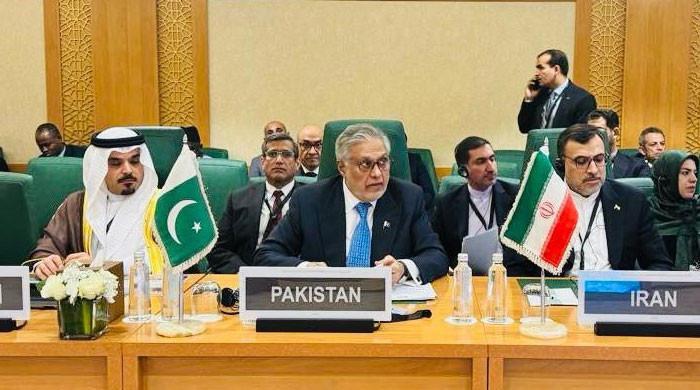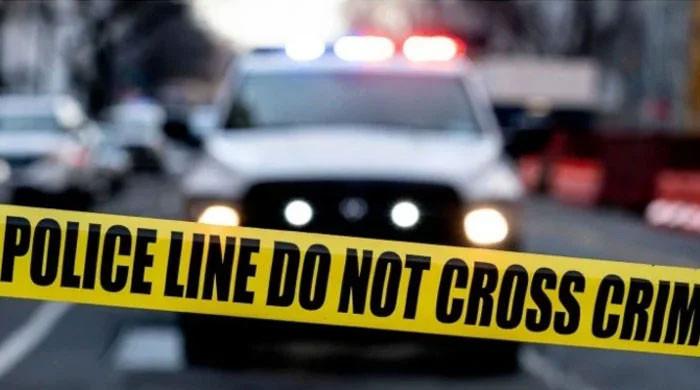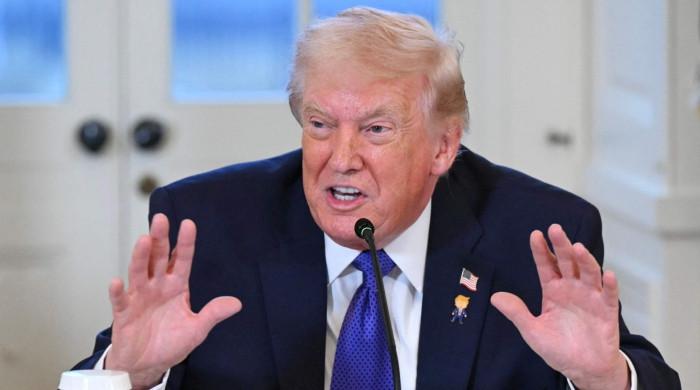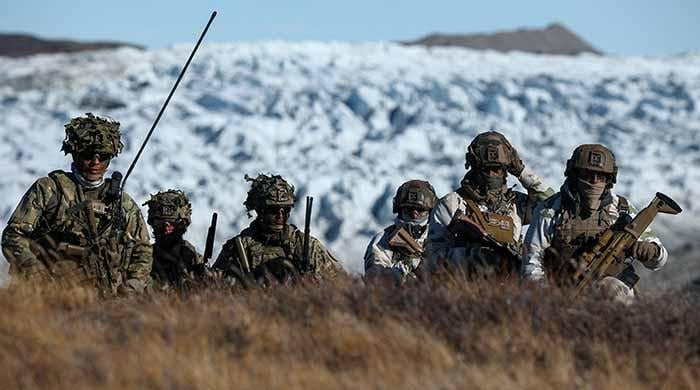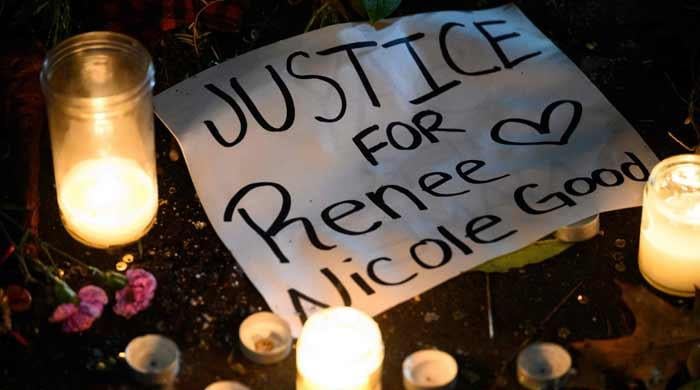Sri Lanka: timeline of a crisis
The island nation of 22m people is experiencing a crisis that has inflicted widespread misery; triggered weeks of mass demonstrations
May 09, 2022
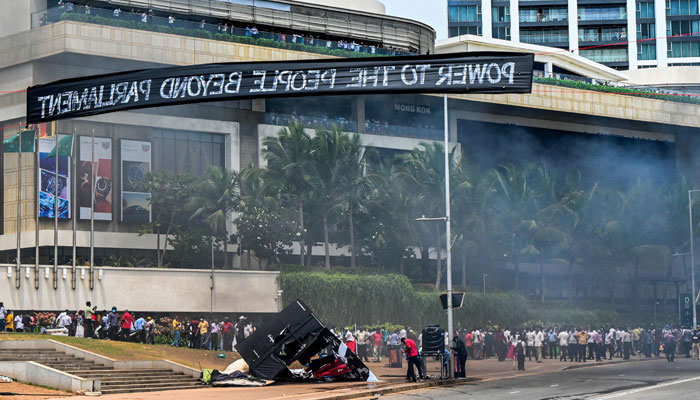
COLOMBO: Sri Lanka, whose prime minister Mahinda Rajapaksa resigned on Monday, has been mired for the past two months in a deep political and economic crisis.
The island nation of 22 million people is experiencing acute shortages of food, fuel and other essentials, a crisis that has inflicted widespread misery and triggered weeks of mass demonstrations.
The South Asian country emerged from a devastating civil war in 2009 only to be rocked by Islamist bombings in 2019, before being hit hard the following year by the COVID-19 pandemic which torpedoed its vital tourism sector.
Here is how the crisis has unfolded:
March 31: President's home threatened
Hundreds of protesters, rallied by unidentified social media activists, try to storm the home of President Gotabaya Rajapaksa, demanding his resignation.
April 1: State of emergency
As protests spread, Rajapaksa declares a state of emergency, giving security forces sweeping powers to arrest and detain suspects.
April 2: Troops deployed, curfew
Sri Lanka declares a 36-hour nationwide curfew and deploys troops.
April 3: Cabinet resigns
Almost all of Sri Lanka's cabinet resigns at a late-night meeting, leaving Rajapaksa and his brother Mahinda -- the prime minister -- isolated.
April 4: More resignations
Gotabaya Rajapaksa offers to share power with the opposition under a unity administration led by him and Mahinda but is rebuffed.
The governor of the central bank, having resisted calls to seek a bailout from the International Monetary Fund, announces his resignation.
April 5: President loses majority
President Rajapaksa's problems deepen as finance minister Ali Sabry resigns just a day after he was appointed.
The embattled leader loses his parliamentary majority as former allies urge him to quit. He lifts the state of emergency.
April 9: Biggest street protest
Tens of thousands march on the president's office in the biggest protest to date, demanding that Rajapaksa resign.
April 10: Medicine shortages
Sri Lanka's doctors say they are nearly out of life-saving medicines, warning that the crisis could end up killing more than the coronavirus pandemic.
April 12: External debt default
The country announces it is defaulting on its external debt of $51 billion as a "last resort" after running out of foreign exchange to import desperately needed goods.
April 18: New government
On April 18, the president unveils a new government, ousting two of his brothers and a nephew but keeping on his eldest brother Mahinda as prime minister.
April 19: First casualty
On April 19, the police kill a protester, the first casualty of several weeks of anti-government protests.
The next day the International Monetary Fund (IMF) says it has asked Sri Lanka to restructure its colossal external debt before a rescue package can be agreed upon.
April 28: General strikes
On April 28, a general strike brings the country to a standstill.
After a second such strike on May 6, Rajapaksa declares another state of emergency. The police step up security around lawmakers from the ruling party.
May 9: Premier resigns
On May 9, Mahinda Rajapaksa resigns as prime minister after violent clashes between his supporters and anti-government protesters that left three dead and more than 150 injured.
A lawmaker from the ruling party shoots two anti-government protesters, killing one, and then takes his own life during a confrontation outside the capital.
The authorities announce a nationwide curfew.




